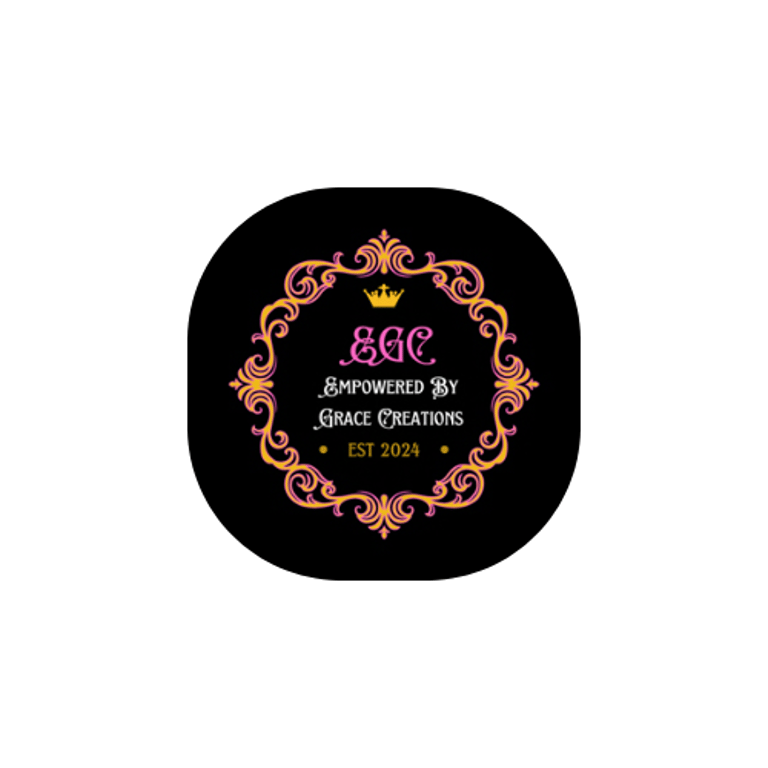Stagflation Risk in Today’s Economy: What It Means for You. Inflation vs stagflation.
Explore the risk of stagflation in today's economy. Understand its causes, impacts, and actionable strategies for businesses and consumers to protect themselves. Inflation vs stagflation.
Sarah Gordon-Woodard, MBA, BSN RN
4/29/20253 min read


Stagflation Risk in Today’s Economy: What It Means for You
Introduction
As inflation persists and economic growth slows, economists and analysts are sounding the alarm on a possible return of stagflation — a rare but dangerous economic condition. First witnessed in the 1970s, stagflation combines stagnant economic growth, high inflation, and rising unemployment, creating a complex challenge for businesses, consumers, and policymakers alike.
In today’s volatile climate — marked by global conflicts, supply chain disruptions, and aggressive interest rate hikes — understanding the risk of stagflation is more critical than ever. This article breaks down what stagflation is, what causes it, and how you can prepare and protect your finances in such an environment.
H2: What Is Stagflation?
Stagflation is a combination of:
Stagnant economic growth (or even recession)
High inflation (persistent price increases)
Elevated unemployment (weak labor market)
This economic trifecta is particularly troubling because standard solutions for one problem often worsen another. For instance, raising interest rates to curb inflation can further suppress growth and employment.
H2: Causes of Stagflation in 2024–2025
Several factors are currently converging that increase the likelihood of stagflation:
H3: Persistent Supply Chain Issues
Delays and shortages continue to drive up prices, especially in energy, food, and electronics.
H3: Geopolitical Tensions
Global conflicts, particularly in energy-rich regions, contribute to oil price spikes and market instability.
H3: Tight Monetary Policy
Central banks have raised interest rates to fight inflation, but this also slows borrowing, investment, and economic activity.
H3: Declining Consumer Spending
With wages not keeping pace with inflation, consumer confidence is weakening, impacting demand across sectors.
H2: Signs We May Be Entering a Stagflation Period
Indicator | Current Trend | Stagnation Signal?
Inflation Rate Still elevated in key markets ✅ Yes
GDP Growth Slowing or near-zero in forecasts ✅ Yes
Unemployment Rate Gradually rising in some sectors ⚠️ Emerging Risk
Interest Rates Historically high ✅ Yes
H2: Impact of Stagflation on Households and Businesses
H3: For Consumers
Higher prices on essentials like food, rent, and gas
Lower purchasing power
Increased debt pressure as wages stagnate
H3: For Small Businesses
Shrinking customer base due to reduced spending
Rising input and operational costs
Difficulty securing affordable financing
H2: How to Protect Yourself from Stagflation
H3: For Individuals
Create a leaner budget: Prioritize needs over wants
Invest in inflation-hedged assets: Consider gold, TIPS, or defensive stocks
Strengthen emergency savings: Aim for 6–9 months of essential expenses
H3: For Businesses
Diversify income streams: Offer new services or digital products
Lock in supplier contracts: Secure pricing where possible
Focus on cash flow: Delay non-urgent expenses and tighten receivables
H2: What Governments Can Do to Address Stagflation
Governments and central banks face a delicate balance:
Targeted stimulus for vulnerable sectors
Energy subsidies to control inflationary pressures
Pro-growth policies like tax incentives for small businesses
International cooperation to stabilize supply chains and trade
H2: Stagflation vs. Inflation — What’s the Difference?
Aspect | Inflation Only | Stagflation
Economic Growth~ Often remains positive~ Slows or stalls
Unemployment~ Usually low~ Rises
Monetary Policy~ Easier to manage~ Difficult to balance
Consumer Impact~ Reduced buying power~ Reduced power and fewer jobs
Conclusion
The risk of stagflation in today's economy is no longer just a theoretical debate — it's a growing concern with real-world consequences. But with knowledge and preparation, individuals and businesses can take proactive steps to safeguard their financial stability.
Stay informed, stay agile, and remember: economic cycles always evolve. Preparation today creates resilience tomorrow.
FAQs
Q1: What is stagflation in simple terms?
Stagflation is when inflation is high, economic growth is slow, and unemployment is rising — all at the same time.
Q2: Why is stagflation so dangerous?
Because it limits the effectiveness of economic tools — fixing one problem can worsen another.
Q3: Is the US currently in stagflation?
Not officially, but several economic indicators suggest we’re at risk of entering stagflation territory.
Q4: How can I protect my savings from stagflation?
Consider budgeting, investing in inflation-hedged assets, and boosting your emergency fund.
Q5: Can businesses survive stagflation?
Yes — by staying lean, focusing on cash flow, and adapting quickly to changing consumer behavior.
Q6: What’s the difference between recession and stagflation?
A recession is a decline in GDP with low inflation, while stagflation combines stagnant growth and high inflation.
